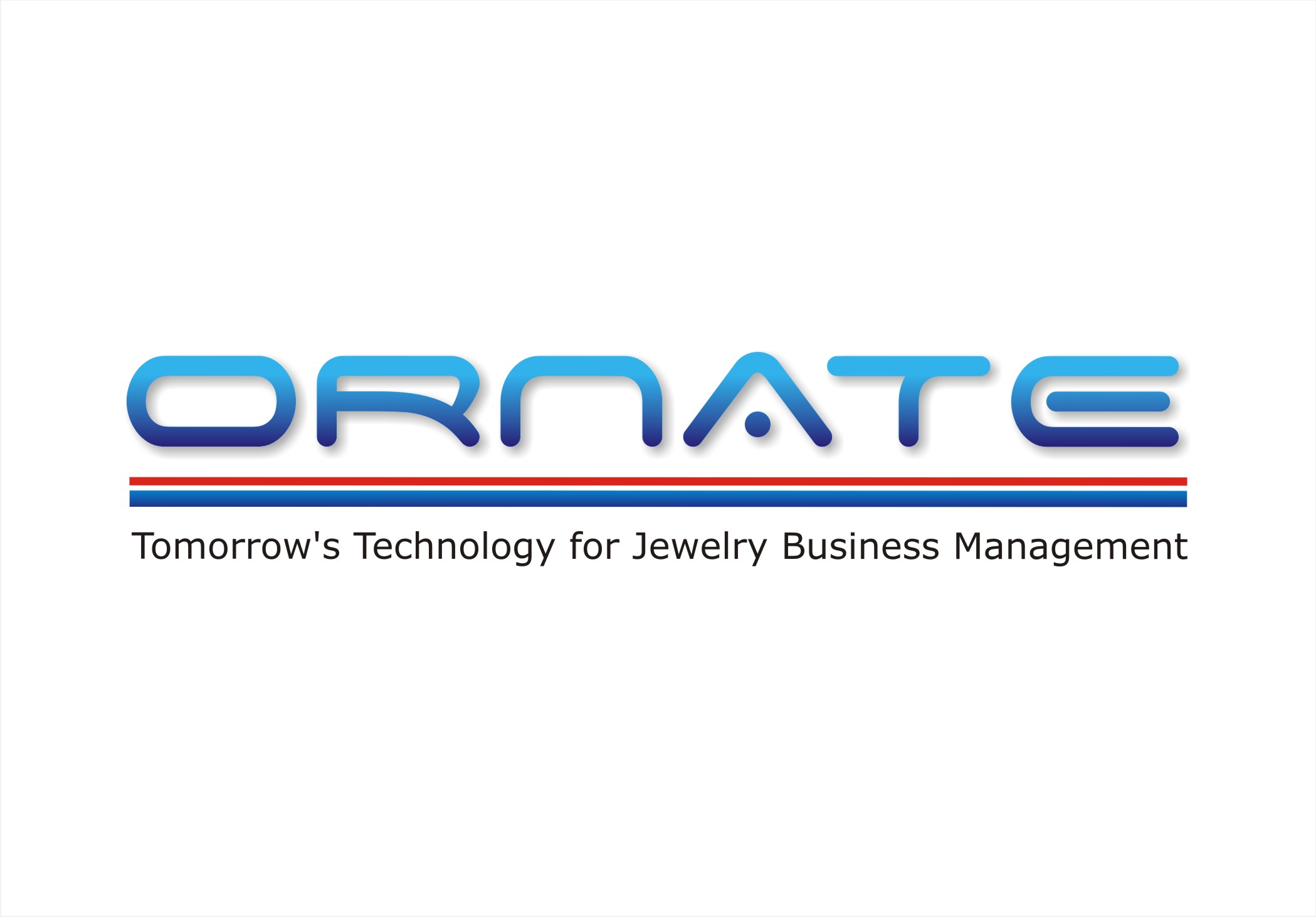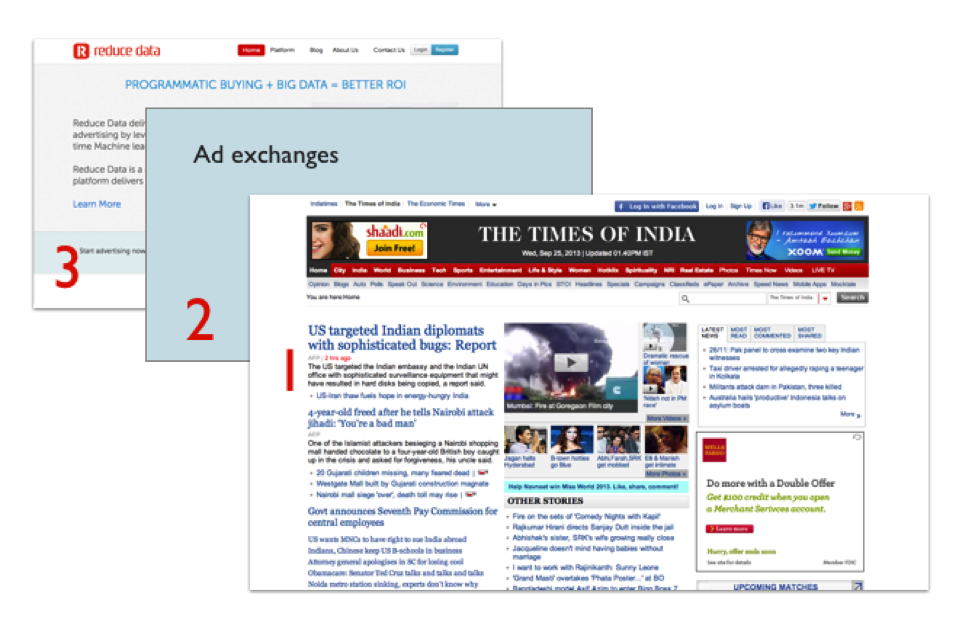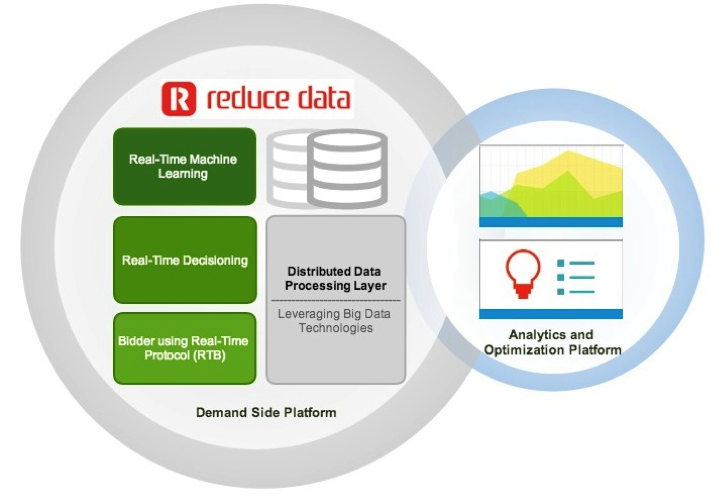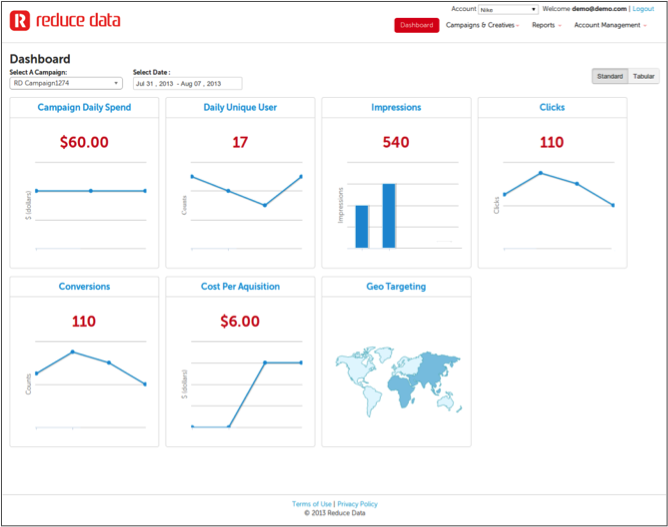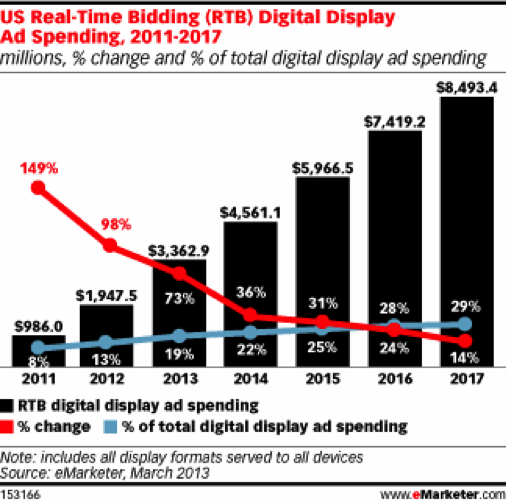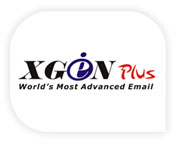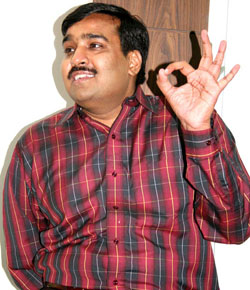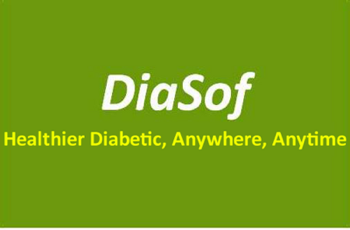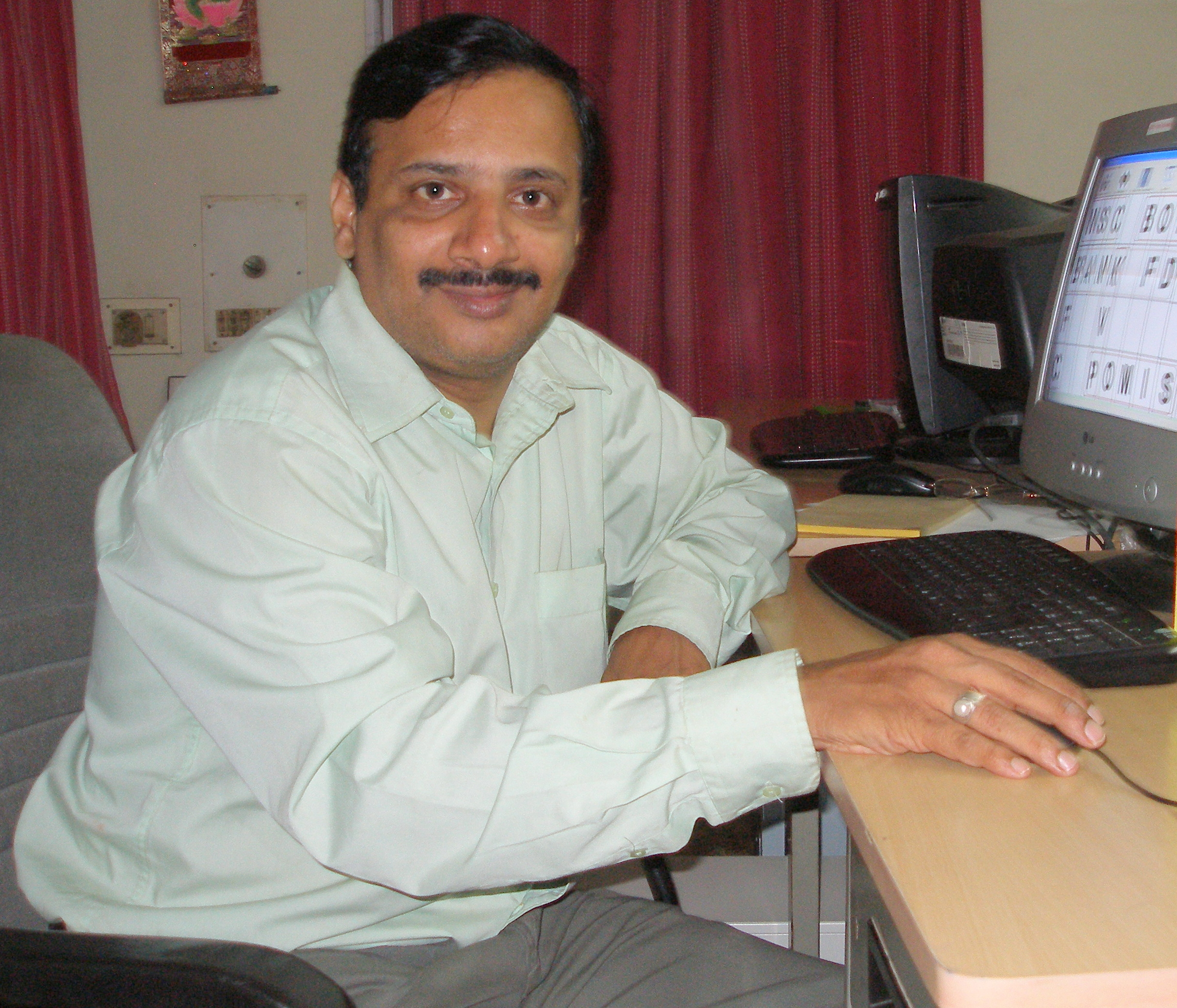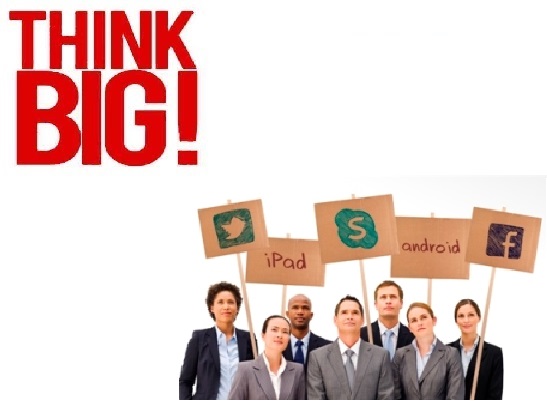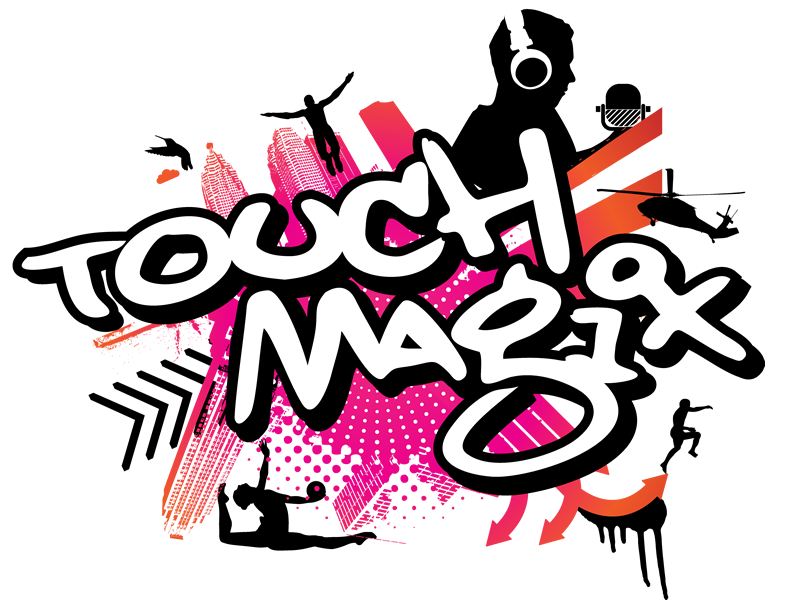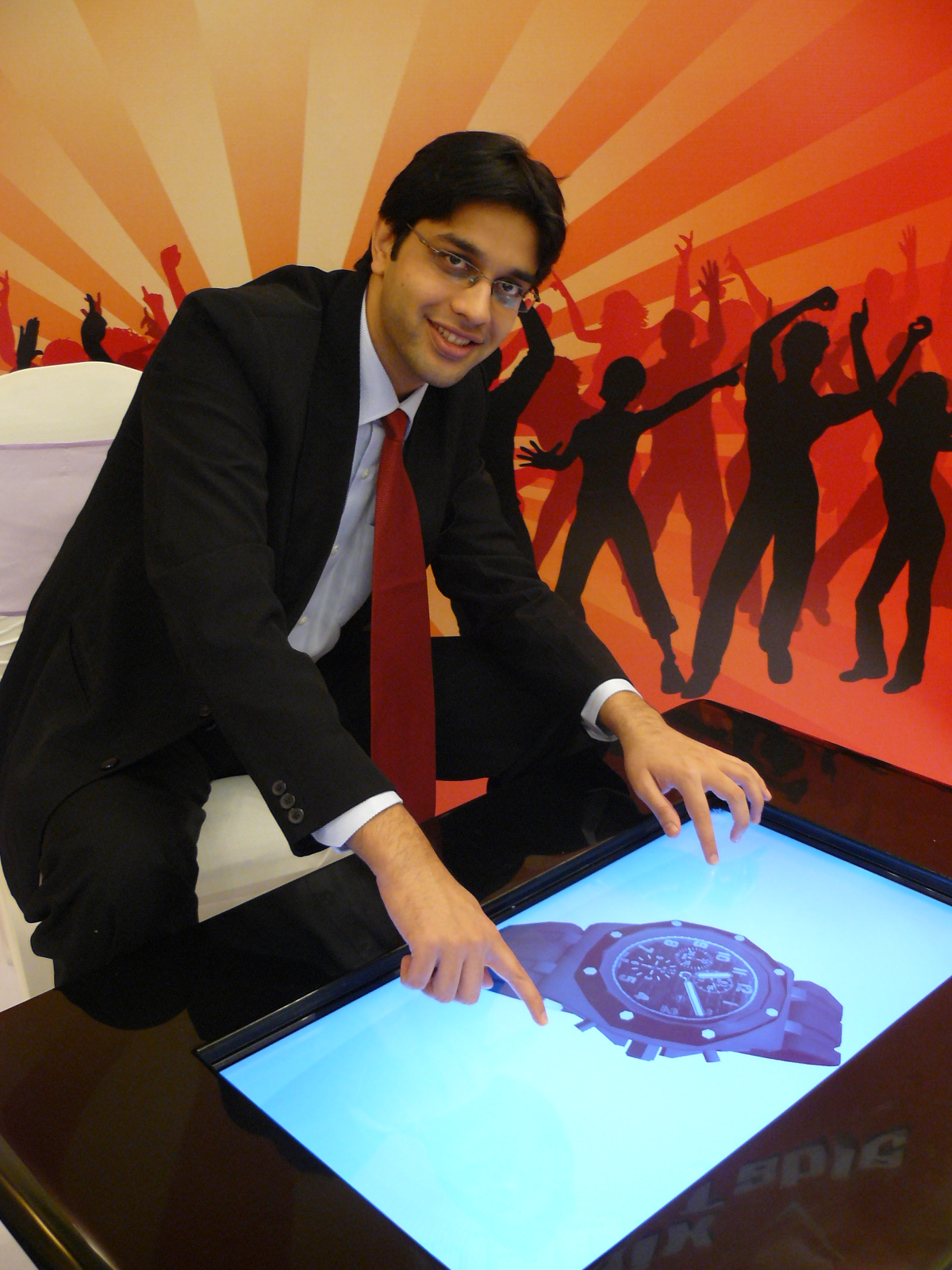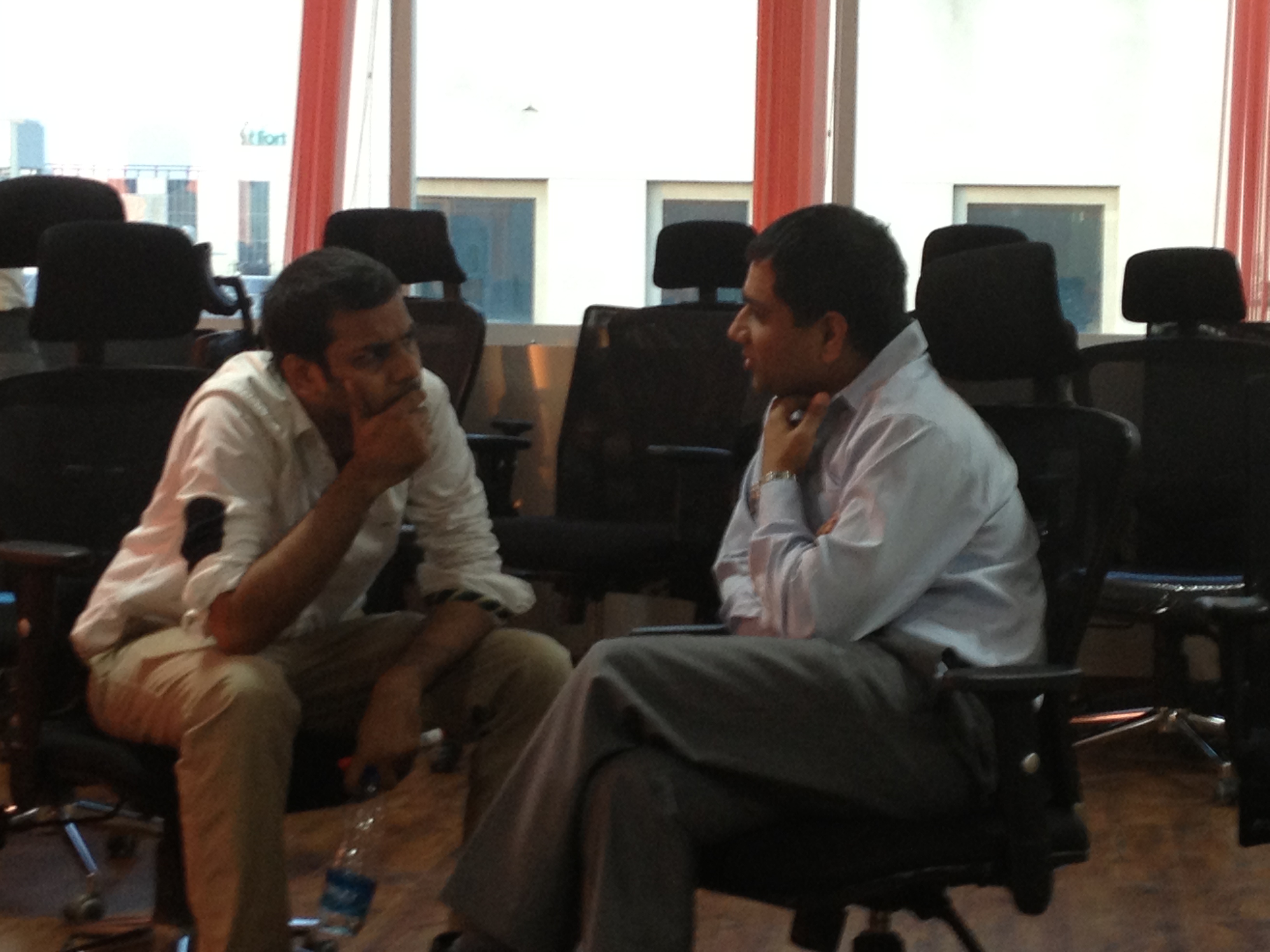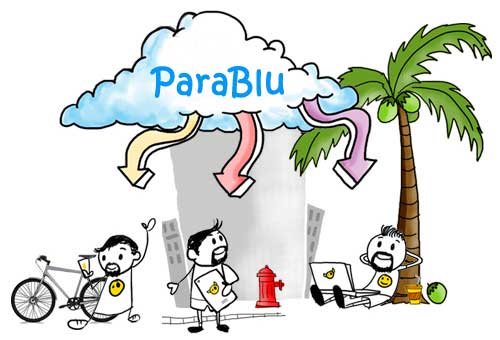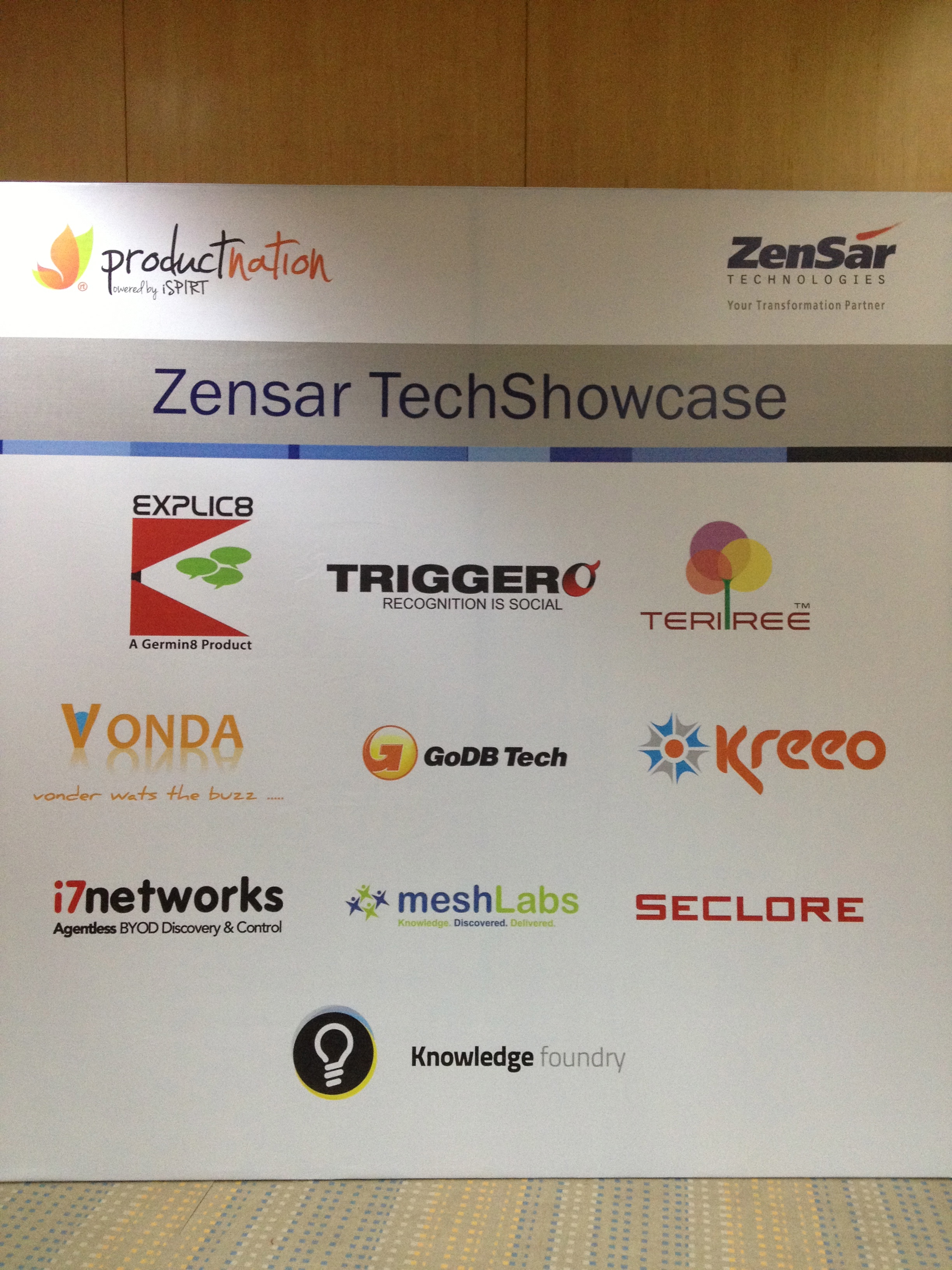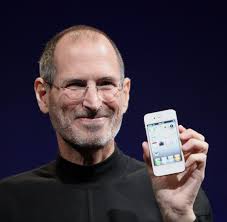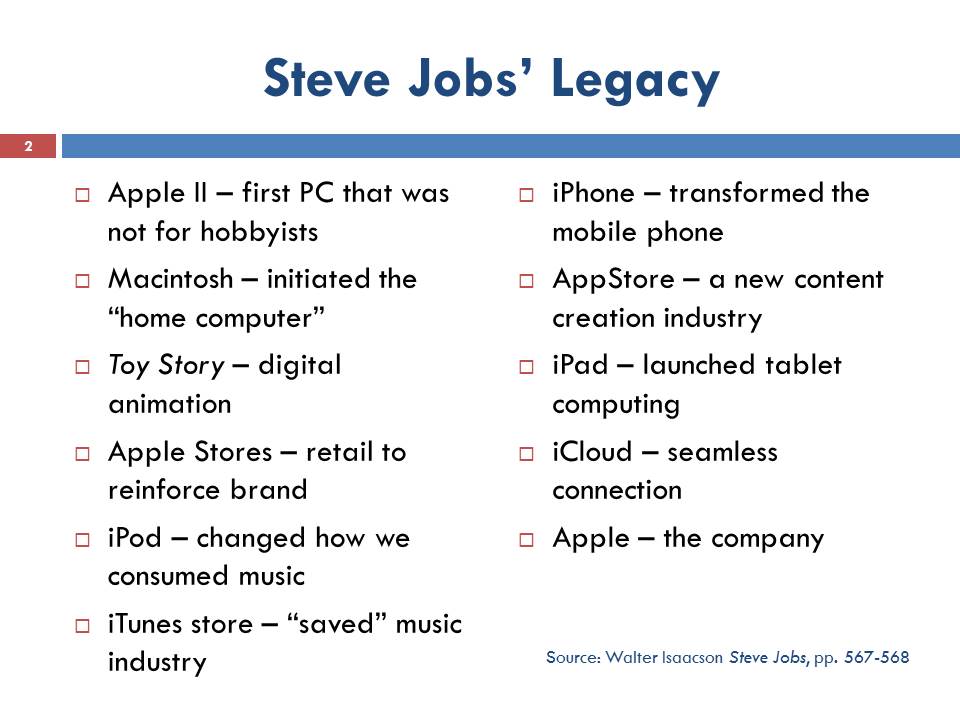In a reflection of his journey spanning 25 years, Shaudhan Desai, Founder and CEO of D’Soft Infotech Pvt Ltd., makers of India’s leading Jewelery software shares his experiences in building the company during the license-raj era, and the changes he has seen in the business of recent times. Read on…
You are celebrating 25 years of operations at D’Soft. It is indeed a great milestone for an Indian products based company. Can you share with us how you started on this path?
 I was working with GE Medical Systems in their marketing division around that time. The use of computers by western countries during that decade made me realize that computers could help automation of routine tasks, even in India. This was the trigger to set up a company in India. The plan was to leverage computers and help data processing forms and share forms be processed quicker than the manual process. This is how we began our company during 1988.
I was working with GE Medical Systems in their marketing division around that time. The use of computers by western countries during that decade made me realize that computers could help automation of routine tasks, even in India. This was the trigger to set up a company in India. The plan was to leverage computers and help data processing forms and share forms be processed quicker than the manual process. This is how we began our company during 1988.
Starting a software company during that time should have been a very daunting task. Can you share your experiences as you worked on establishing the company?
You are right. There were many issues that had to be taken care of. To begin with, there was no computer dealer in our region. Cost of procurement of one computer itself was very high – and that too for one with a 4.77 MHz processor. Secondly, there was no skilled labor available who understood how to operate computers, the punched cards etc that was the key to execute our plan. Thirdly, you had to deal with skeptic customers who resisted any change to their existing way of doing things. Overcoming all these were quite a challenge during our initial years.
How did you overcome these challenges? What was the first success you tasted as a company?
The first real success, in my view came to us during the years 1993-95, when we designed, developed and sold an accounting software package in Gujarati language. This was triggered by an advertisement from CDAC about a multilingual card which could be inserted in the computer. Based on this idea, we developed the basic tenets of accounting which would work in Gujarati language. We targeted professional accountants who would go to every shop and write accounts. These accountants realized that they could scale their business (as in, they could attend to more customers) by using our package – since it standardized all entries and made it easy for them to provide the final computations. A few others realized that they could save themselves from doing mundane and repetitive work, and hence bought on to this new offering. In all, this offering got good traction with the segment we targeted. Even today, while we don’t sell this offering too actively, we still have about 5000 to 6000 active users of this software.
Very interesting… How did you engage with customers back then, and what changes do you see now, after 25 years?
During our initial years, to gain access to prospective customers, we relied initially on our personal networks – reaching out to accountants who maintained books at shops of our acquaintances. When we saw initial successful adoption, we resorted to making ourselves present in the seminars, specifically held for accountants. This helped us reach to all parts of the state. Now of course, with internet and other technological advances, we use all the modern methods of gaining access to potential customers.
Back then, the awareness of our customers in using the package was very low, and the expectations out of the software package also were limited. During the initial years, we had to even provide a guarantee to buy back hardware, if the customer decided to stop using our software. We had to print bound manuals and ship it for every customer – as a means of support, since no other reliable method of communication existed. Even if a customer had some feedback or a requirement, we would implement the same in the next version of our package; release it after 6 to 8 months since his request.
Fast forwarding these to now, the expectations of customers from a software product have grown tremendously. While our initial versions were on Foxbase and DOS based, we now ship products that are accessible on any device (computer, cell phone, tablet etc). Our product updates now come in 2 to 3 week cycles. Internet has helped us to support our customers better, and in real time. However, what has not changed is the reason customers buy a product. No customer will be willing to buy the product unless it delivers value to his/her business.
How did your flagship product – Ornate Jewelery Software come to be? Can you share us the making of the product and its current state?
A few factors led us to discover and develop on this opportunity to serve jewelers with our offering. A lot of our existing customers of our accounting package used to maintain books with jewelers. So, in discussion with accountants, and further probing, we discovered that jewelers’ operational lifecycle was very different than the ones followed in a typical industry. We also noted that there was no specific software available worldwide that would help jewelers benefit from automation. Hence, we designed and developed the first version of Ornate Jewelery Software during 1998 to 2002, and then subsequently have revised it many times thus far.
Our initial clients were retail jewelers, and even now, a large chunk of our 3000 odd customers are small and mid size jewelers. Since this was a segment that was largely underserved, we are able to attain leadership position in this segment within a decade. Right now, our focus has been to enhance our leadership in this domain. We now have introduced a disruptive offering – ‘Jewelery Kiosk’, through which one can virtually Try / digitally wear different ornaments or combinations and make a purchase decision. This patent pending offering has helped large jewelery houses to reduce customer churn and increase sales on account of our offering. Through our offering, customers of any large chain of showrooms can go to one retail outlet of theirs and virtually Try out all the jewelery available across any of their chain of establishments across the world.
As you look back, are there any opportunities that you felt you could not capitalize on effectively?
The only aspect that I feel we should have addressed earlier is to focus on international customers. We now have customers from UAE and US. However, I feel that we neglected a bigger opportunity, given the needs of jewelers worldwide are similar. Having said that, with so much of traction and customers behind us, I believe we now are in the best position to make our presence in the worldwide markets. This shall be one of our key priorities going forward.
As a parting thought, what advice would you like to provide to fellow product entrepreneurs operating out of India?
First and foremost, I would say that you should continuously ensure that your customers are happy and satisfied. Irrespective of whether a customer’s business with you is small or big, ensure that you serve their needs. This is a key prerequisite for growth. Every customer is very important and we must satisfy them.
Secondly, ensure that your product really delivers more value that what customers expect out of it. This will help you to sustain your competitive advantage. Good luck!


